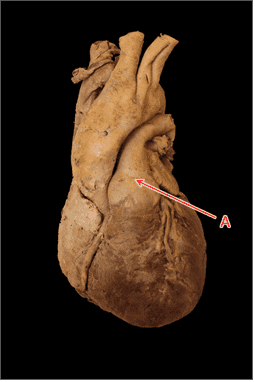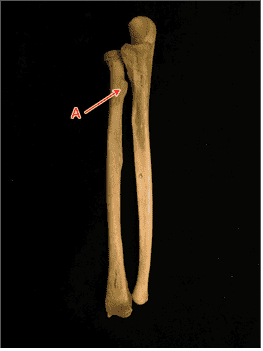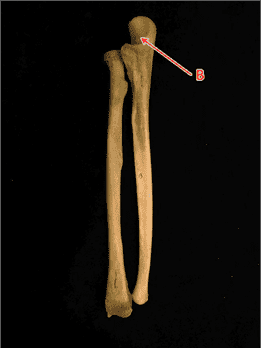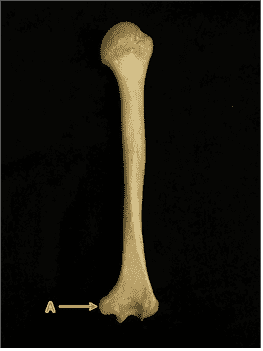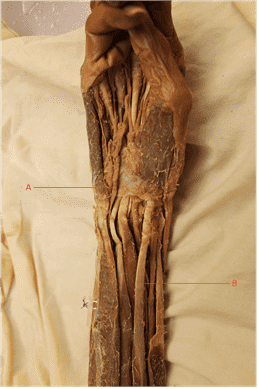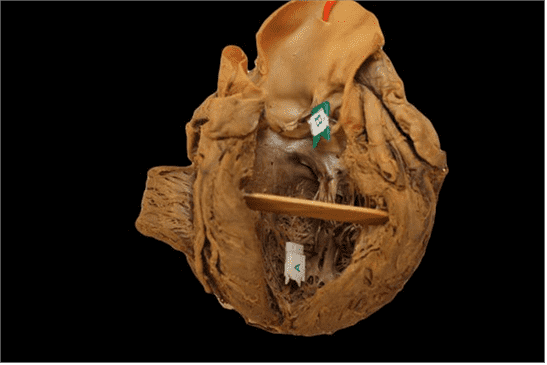Question 1
1. Identify artery A.
Choices:
- posterior interventricular
- posterior interventricular artery
Answers:
- posterior interventricular
- posterior interventricular artery
Comments:
- Correct
- That's right! Artery ‘A’ is the posterior interventricular artery.
- Continue
Question 2
2. Identify vein B.
Choices:
- middle cardiac vein
- middle cardiac
Answers:
- middle cardiac vein
- middle cardiac
Comments:
- Correct
- That's right! Vein ‘B’ is the middle cardiac vein, which runs beside the posterior interventricular artery .
- Continue
Question 3
3. Identify artery A.
Choices:
- pulmonary trunk
- pulmonary artery
Answers:
- pulmonary trunk
- pulmonary artery
Comments:
- Correct
- That's right! Artery ‘A’ is the pulmonary trunk. Pulmonary trunk receives blood from right ventricle and bifurcates into pulmonary arteries.
- Continue
Question 4
4. Identify structure B. Be specific.
Choices:
- right auricle
- right atrial appendage
- auricle of right atrium
Answers:
- right auricle
- right atrial appendage
- auricle of right atrium
Comments:
- Correct
- That's right! The right atrial auricle/appendage is the remnant of primitive atrium during embryological development.
- Continue
Question 5
5. Identify vessel A.
Choices:
- left coronary artery
- left coronary
Answers:
- left coronary artery
- left coronary
Comments:
- Correct
- That's right! Vessel A is the left coronary artery. Coronary artery arises from the aorta at the level of the aortic sinuses. By identifying the pulmonary trunk and the right atrium, we know that ‘A’ is located on the left side.
- Continue
Question 6
6. Identify structure B. Be specific.
Choices:
- right semilunar cusp of aortic valve
- right semilunar cusp
Answers:
- right semilunar cusp of aortic valve
- right semilunar cusp
Comments:
- Correct
- That's right! Structure B is the right semilunar cusp. Note that there are 3 semilunar cusps: right, left and posterior.
- Continue


